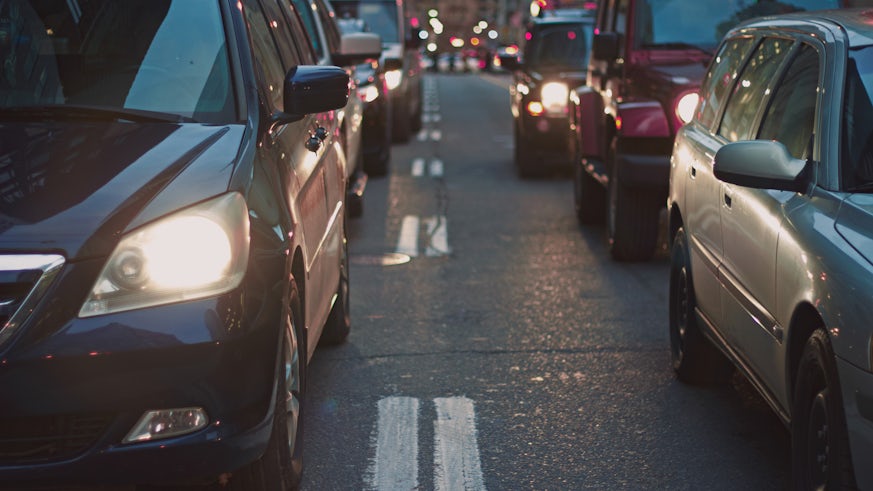Street-cleaning scavengers
7 June 2018

Millions of wild animals are killed on Britain’s roads each year, but the amount of roadkill could be six times higher than originally thought.
New research by Cardiff University investigated roadkill removal in Cardiff, finding that the number of animals killed on our roads could be significantly higher than numbers found in surveys, due to scavengers clearing the streets.
PhD researcher Amy Williams Schwartz, Cardiff University, said: “Fragmentation and alteration of habitat can force animals to be closer to traffic, meaning that we are seeing more and more animals being killed in vehicle collisions.
“But the current estimates of how many animals are killed on our roads each year could be inaccurate, due to animals scavenging on the carcasses.
“To look into this, we used baited camera traps to simulate roadkill in residential and parkland areas across Cardiff, to see which animals were scavenging in each area and whether the time and place influenced how quickly they would remove the roadkill.
“Out of 120 carcasses, 76% were removed within 12 hours by scavengers, and most of these were removed in the first two hours of being placed.
“We also found that seven species were cleaning the roadkill on our streets, with the most common scavenger being corvids, members of the crow family – in our case, carrion crows and magpies.
“These scavengers were doing most of their work during early morning, with roadkill removal peaking during the first few hours of daylight.
“This means that the amount of roadkill on Britain’s roads is a lot higher than thought, and previous roadkill estimates could have been skewed by scavengers cleaning our streets early in the morning.
“By removing the roadkill in our urban areas, scavengers are performing a valuable service for the ecosystem.”